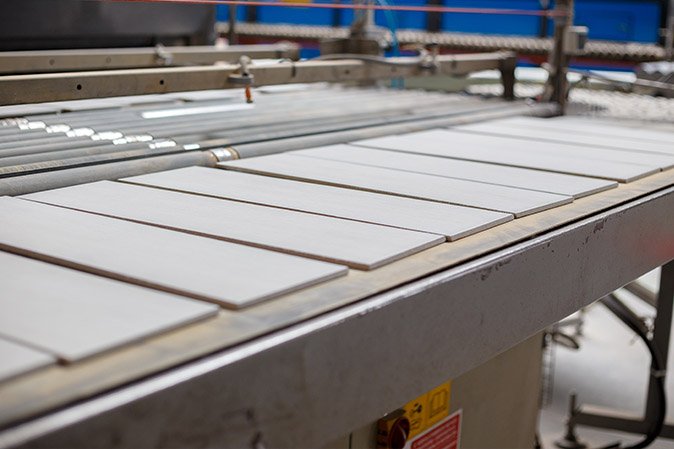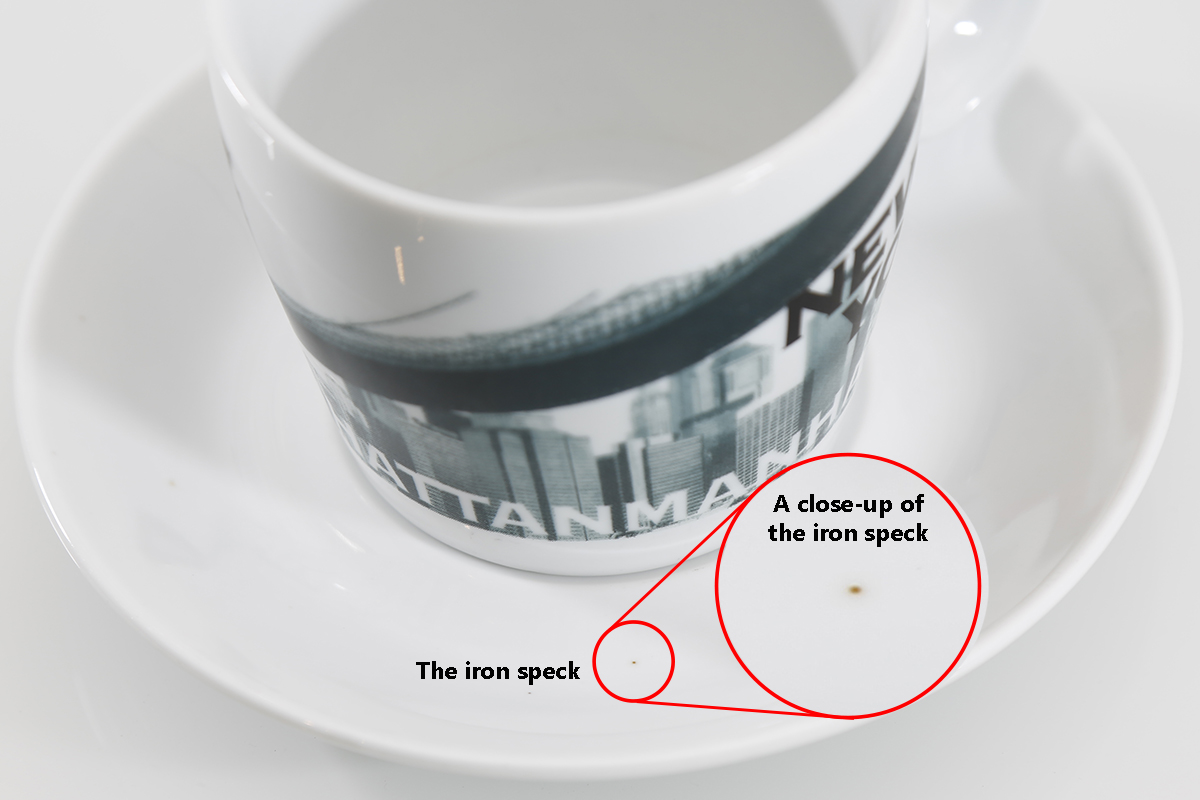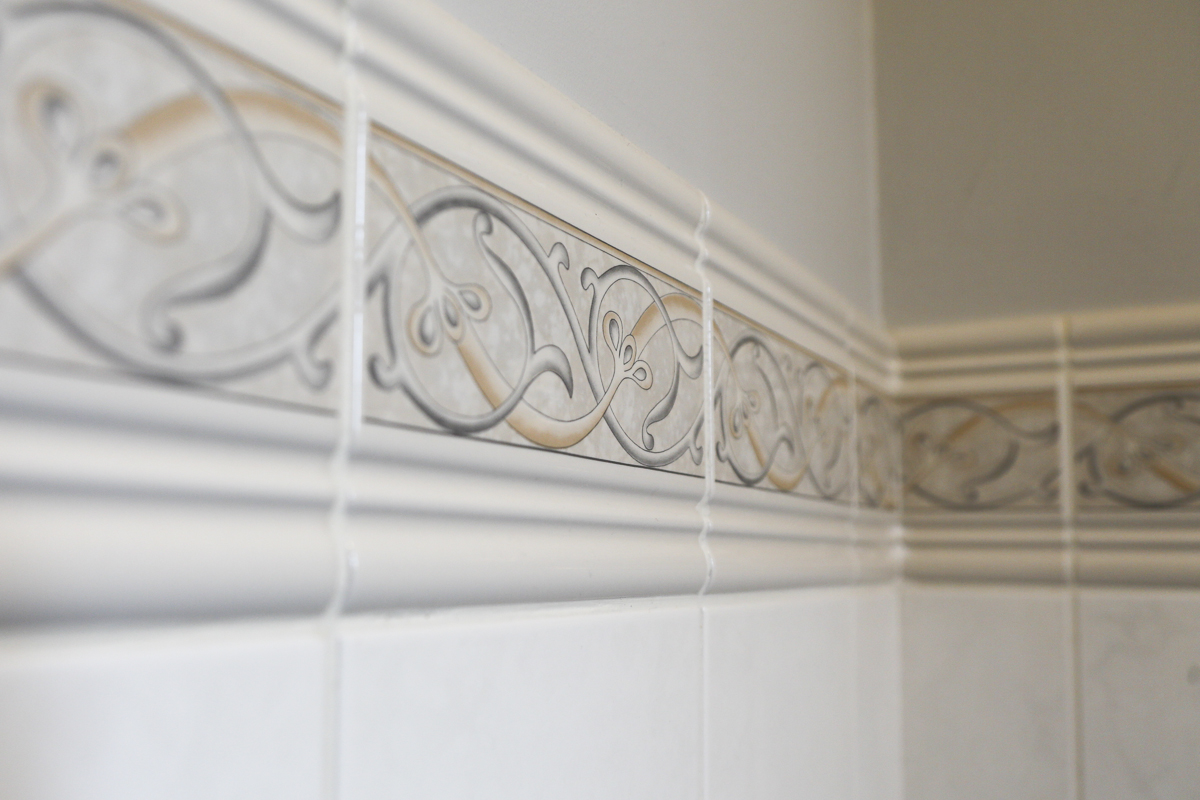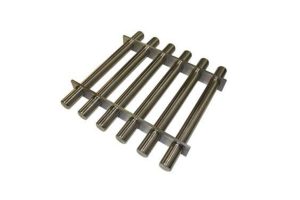Ceramics Industry
Ceramics - Removing magnetic minerals and fine iron in ceramics production
- Cleansing of free fine iron from ceramic slips and glazes with high intensity Electro Magnetic Filters. Such high-intensity magnetic separation removes even the smallest and weakest magnetic particles, which when removed looks like a fine oil;
- Permanent magnet Liquid Pipeline Separators are located in pipework, often as a last capture point prior to the application of glaze;
- Fine iron removal from spray dried ceramics and powders using high intensity Drum Magnets and Rare Earth Roll Separators;
- General iron removal from dry ceramics and mineral raw materials using Tube & Grid Magnets, Bullet Separators, and Plate Magnets;
- Purification of non-metallic minerals used in the manufacture of ceramics (e.g. feldspar, silica sand) using a Rare Earth Roll Separator or Induced Roll Separator;
Technical Articles
Ceramic Industry Products
Magnetic Separators
Tube & Grid Magnets
Liquid Pipeline Separators
Electro Magnetic Filters
Rare Earth Roll
Drum Magnets - Permanent
Induced Roll Separator
Plate Magnets
Bullet Separator
Overband Magnet
Suspension Magnets
Tube & Grid Magnets
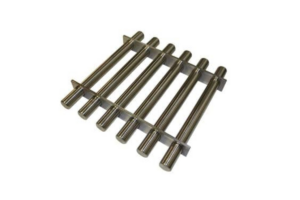
Used throughout ceramics plants to remove large and small iron and magnetics from dry ceramic powders as well as ceramic slips and glazes.
Liquid Pipeline Separators
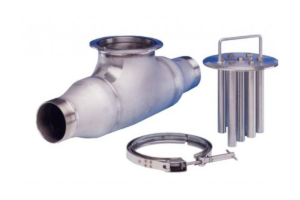
Designed to fit into any pipeline, with Tube Magnets projecting into the flow of ceramic slip or glaze and capturing fine and free magnetic minerals and free iron.
Electro Magnetic Filters
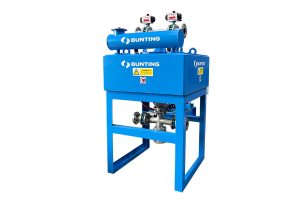
High-intensity magnetic separators that capture ultra-fine iron and paramagnetic minerals present in ceramic slips and glazes. Significant reduces the quantity of finished ceramics affected by iron-spotting and needed rework or recycling.
Rare Earth Roll Separator
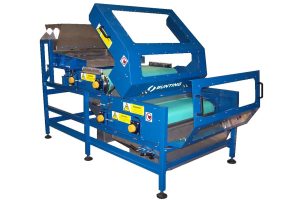
High-intensity magnetic separators for dry materials and used to remove free iron from dry raw materials (e.g feldspar and silica sand) and spray-dried ceramic powders.
Drum Magnets - Permanent
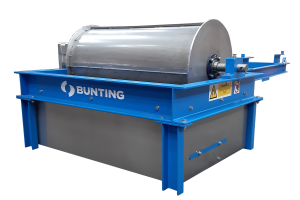
Both low and high-intensity Drum Magnets for continuous removal of free iron and magnetic minerals. Commonly used to purify dry raw materials and spray-dried ceramics.
Induced Roll Separator
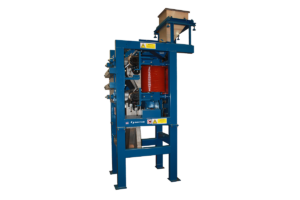
Electromagnetic high-intensity magnetic separator used for dry mineral purification of ceramic raw materials such as feldspar and silica sand.
Plate Magnets
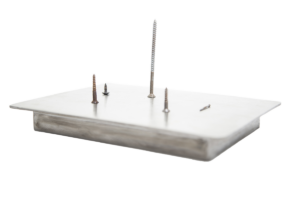
Mounted in chutes and above conveyors to trap larger tramp metal.
Bullet Magnets
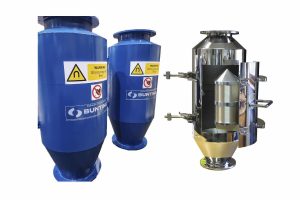
Tramp ferrous metal is captured on a high-intensity magnetic cone mounted inside a housing. Used in vertical free-flow applications.
Overband Magnets
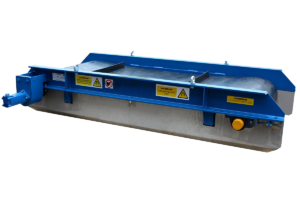
Overband magnets are suspended over conveyors to separate frequently-occurring disruptive tramp ferrous metal and are available as permanent and electromagnetic designs. The self-cleaning belt enables the automatic discharge of separated metal into a collection area.
Suspension Magnets
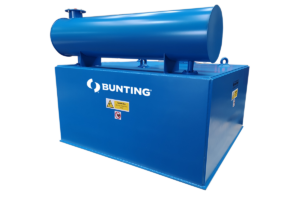
Suspension Magnets sit above conveyors to separate occasional tramp ferrous metal and are available in permanent and electromagnetic versions. The captured metal is held securely on the face of the Suspension Magnet until manually cleaned.
Magnetic Separators for Ceramics
Tramp ferrous metal, fine magnetics and paramagnetic minerals cause defects in surface finish and ceramic structure, whilst also reducing brightness levels of white ceramics. Magnetic separators capture and remove magnetic particles.
High Intensity Magnetic Separators for Ceramics
High-intensity magnetic separators provide the ultimate solution for the removal of fine free iron and paramagnetic minerals. The intense magnetic field of high-intensity Electro Magnetic Filters captures even the finest of magnetics from ceramic slips and glazes. For dry materials, such as spray-dried ceramics, high-intensity Rare Earth Roll Magnetic Separators and Drum Magnets produce optimum magnetics removal.
